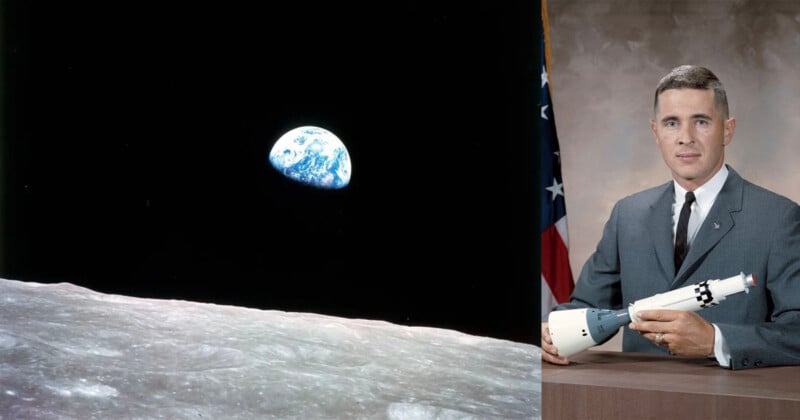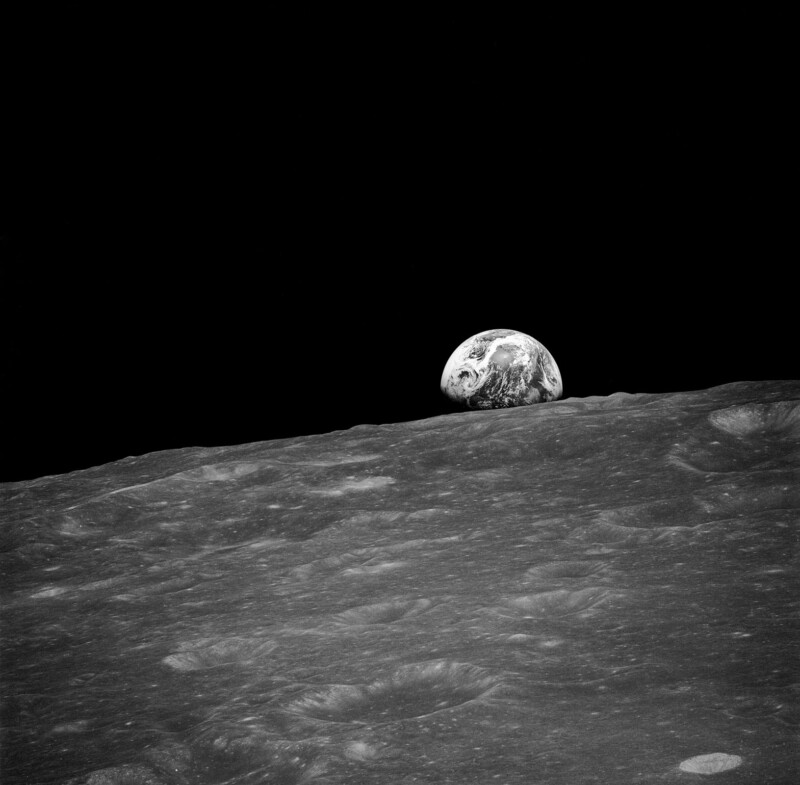Astronaut Bill Anders Who Took Iconic ‘Earthrise’ Photo Dies in Plane Crash

Apollo 8 astronaut Bill Anders who captured the iconic Earthrise photo while orbiting the Moon on a spacecraft has tragically died in a plane crash.
Anders, 90, was flying an “older model” plane over the San Juan Islands in Washington State when the vintage T-34 airplane went into the water, according to the local Sherrif’s Office.
His son Gregory Anders tells CNN that “My dad passed in an aircraft incident in the San Juan Islands. The family is devastated and grieving the loss of a great pilot.”
The United States Coast Guard first received a report of the crash at approximately 11.40 a.m. with Anders’ body being retrieved after a four-hour-long search involving multiple agencies.
![]()
Tributes have poured in for the veteran pilot.
“Very saddened about the passing of my friend, USAF Major Gen Bill Anders,” writes Apollo 11 astronaut Buzz Aldrin on X (formerly Twitter).
“Bill, you will always be an inspiration and you will be missed. My deepest condolences to Bill’s family during this difficult time.”
Earthrise Photo
Anders captured Earthrise on Christmas Eve, 1968 which is now one of NASA’s most recognizable images. He and his fellow Apollo 8 crew members Frank Borman and James Lovell were the first humans to ever witness an Earthrise.
While taking photos of potential lunar landing sites from his spacecraft, Anders describes seeing this “gorgeous orb” coming up. He can be heard saying, “Oh my god, look at that picture over there” on an audio recording.
![]()
Anders captured several photos using a Hasselblad 500 EL camera and a 250mm lens. The first image was shot using custom 70mm Kodak Ektachrome black-and-white film. A subsequent photo was shot using color film.
After the Apollo 8 mission had finished, Anders famously said: “We came all this way to explore the Moon, and the most important thing is that we discovered the Earth.”
Anders added that “it made me realize that the Earth was small, delicate, and not the center of the Universe.”
In an interview last year, Anders conceded that had he not taken the Earthrise picture, “it’d be ‘Bill who?'”
“Bill Anders offered to humanity among the deepest of gifts an astronaut can give,” said NASA administrator Bill Nelson on X (formerly Twitter). “He traveled to the threshold of the Moon and helped all of us see something else: ourselves.”
In a tribute to Anders, NASA said “He not only saw new things but inspired generation upon generation to see new possibilities and new dreams – to voyage on Earth, in space, and in the skies. When America returns astronauts to the Moon under the Artemis campaign, and ultimately ventures onward to Mars, we will carry the memory and legacy of Bill with us.”

Anders and his wife Valerie had two daughters and four sons.
Image credits: NASA